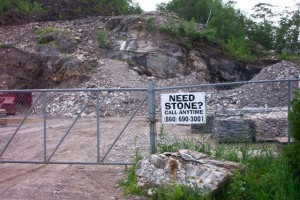
Effective management of stone walls as a cultural resource requires understanding several important ideas.
RATIONALE – Most importantly, private walls have become part of a cultural commons that most New Englander’s couldn’t bear to be without. Ironically, most walls arose in response to the intensive management of private farm properties. More…
STAKEHOLDERS – The conservation of historic stone walls must recognize that we are all in this together, the private landowners, the conservationists, the stonemasons and architects, educators, and government officials. All have an important stake. More…
LEGALITIES – These arise from the bottom up, i.e. a “stone-roots” effort, beginning with town residents seeking to conserve the historic ambience of a town. A private land trust or town entity can choose to implement whatever regulations best suits their local needs: easements, ordinances, recommendations, or whatever. State regulations should be enabling, meaning to allow towns to do what they want. More…
INVENTORY – To manage a resource, one must take inventory. And to do this, one must know type of walls are there and how many there are. Initially, I suggest a sorting process affectionately called the Snowplow Typology because it could be done by a snowplow driver without special expertise, and while driving along for a more important reason. It divides the stone wall resource into three easily-recognized types: abandoned, heritage, and recent & rebuilt. Of course, more elaborate inventories will follow. More…
DECISION PROCESS – Err on the side of preservation. More…
